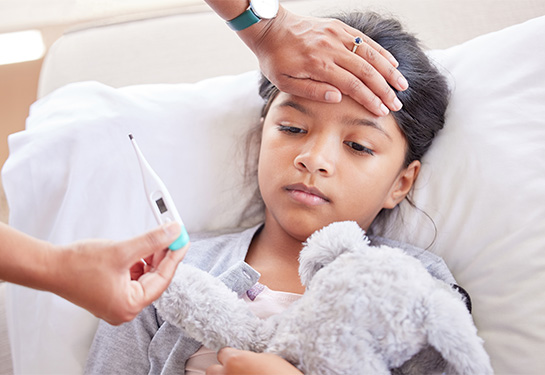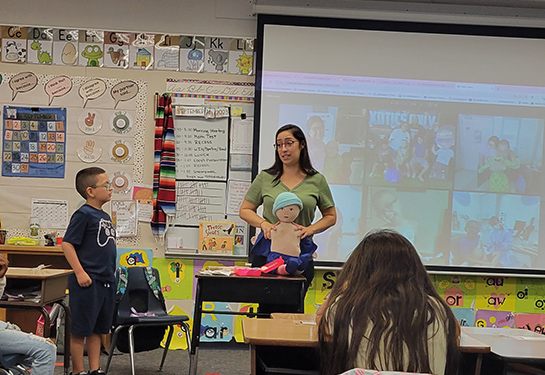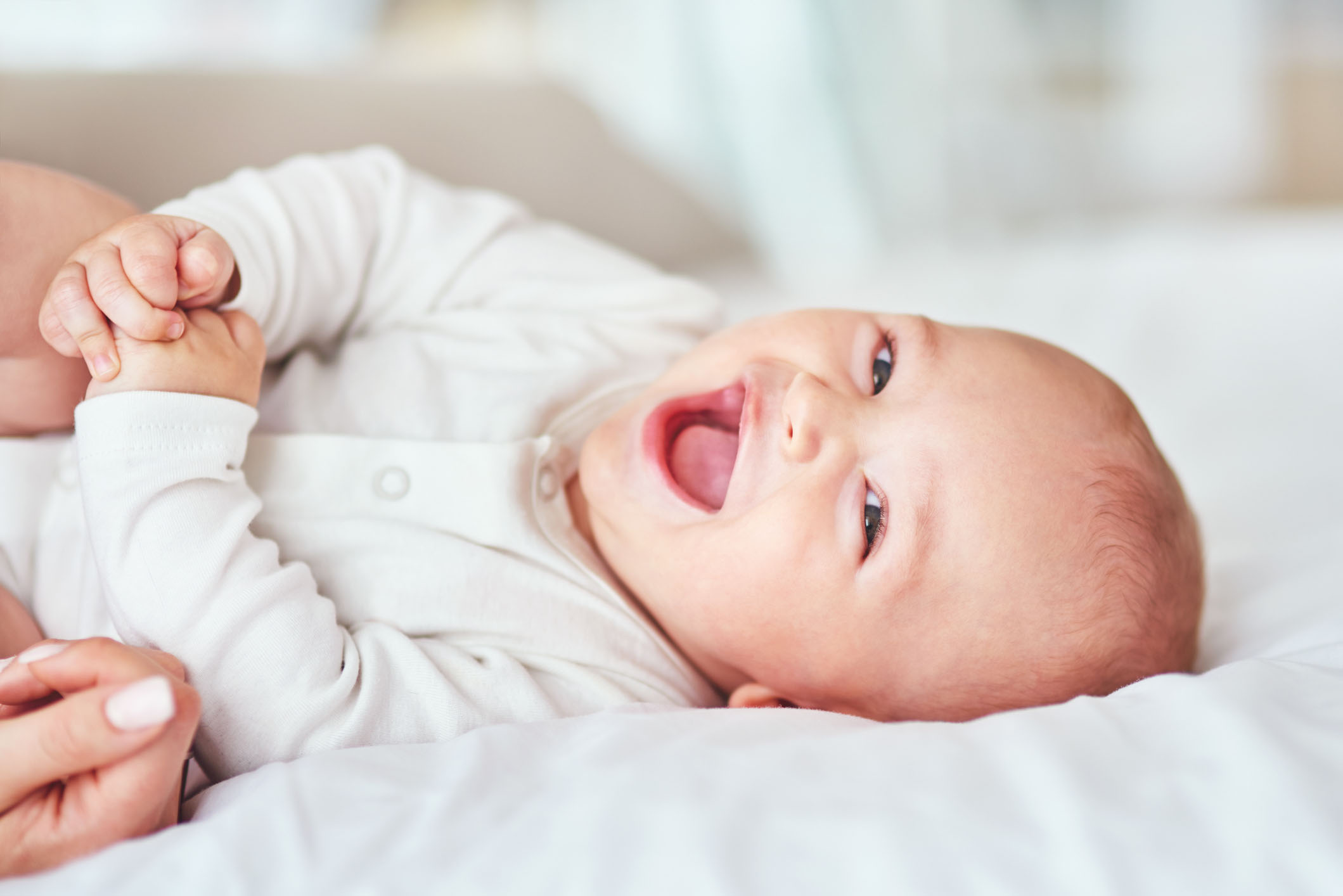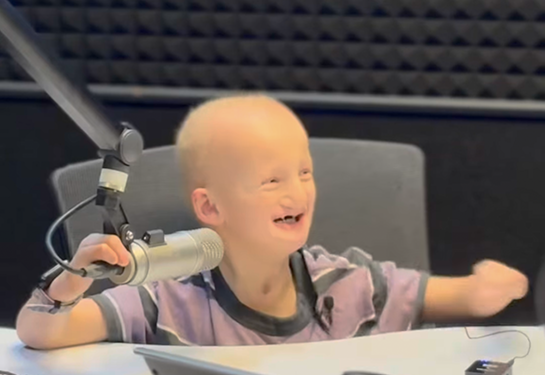Got fever, sore throat and cough? It may be ‘walking pneumonia’
Doctors say bacterial pneumonia is on the rise, especially among children
Cases of pneumonia caused by the bacteria Mycoplasma, also known as “walking pneumonia,” have been on the rise this year in the United States, according to the Centers for Disease Control and Prevention.
The agency reports an increase among all age groups across the United States from March 31 to Oct. 5 of this year, with the peak in August, and levels remaining high. The data come from the National Syndromic Surveillance Program and bioMérieux BIOFIRE Syndromic Trends.
Young children, particularly those ages 2 to 4, have been most affected this year, with an increase from 1% to 7.2% among children ages 2-4. Children ages 5-17 also saw an increase from 3.6% to 7.4%.
We asked Dean Blumberg, chief of pediatric infectious diseases at UC Davis Children’s Hospital, to answer some questions about walking pneumonia and what parents and families can do to keep their children healthy.
What is Mycoplasma pneumonia?
Pneumonia from Mycoplasma, also known by the nonmedical term “walking pneumonia,” is caused by the bacteria Mycoplasma pneumoniae, which causes a respiratory tract infection. These can be mild infections which, most often, do not require hospitalization, but for some, they can be severe and require antibiotics to get better. Both children and adults can get pneumonia from Mycoplasma.
What are the common symptoms of pneumonia caused by Mycoplasma?
Common symptoms can include:
- Fever
- Cough
- Sore throat
- Headache
- Feeling tired
It’s often called “walking pneumonia” since some people don’t feel sick enough to stay home, but they are still contagious and can spread the disease to others. Complications can occur that require hospital care, including new or worsening asthma, severe pneumonia and encephalitis (inflammation of the brain).
Children under 5 often have different symptoms including:
- Diarrhea
- Sneezing
- Sore throat
- Stuffy or runny nose
- Vomiting
- Watery eyes
- Wheezing
Symptoms typically last for several weeks.
Some infected people may have no symptoms, but it can still damage the lining of the respiratory tract, including the throat, windpipe and lungs.
How is it spread?
It can spread person-to-person through the respiratory route, particularly when people are coughing or sneezing. People who live or work in crowded settings are at an increased risk for outbreaks.
It can take one to four weeks for symptoms to appear after someone has been exposed to the bacteria.
Who is at highest risk for this?
Anyone is susceptible, but those recovering from a respiratory illness are at an increased risk for serious infection. Anyone with a weakened immune system or with preexisting lung conditions such as asthma or reactive airway disease are also at greater risk for serious infection.
Is there a vaccine available for Mycoplasma pneumoniae?
No, unfortunately there is no vaccine.
How is it diagnosed?
Testing is available through a nose or throat swab PCR test at your doctor’s office.
How is this treated?
Macrolides (such as azithromycin) are a class of antibiotics used commonly to treat bacterial pneumonia including infections caused by Mycoplasma pneumoniae. Make sure to take the full course of antibiotics and don’t stop when you start feeling better.
What are some ways to keep families safe?
I think a lot of families may not have heard of Mycoplasma pneumoniae or know that it is going around. I would advise families to follow these common-sense strategies:
- Stay home when you are feeling sick. Keep your children away from others if they are not feeling well.
- Cover your cough and sneeze and teach your kids to use their batwing to cover their cough or sneeze.
- Wear a well-fitted KN95 or N95 mask if you feel sick and need to be out in public or if you are in crowded settings with others. According to the American Academy of Pediatrics, children ages 2 and older can safely wear a mask. But the exception is for anyone who cannot easily remove their own mask or who has trouble breathing.
- Those who get worsening symptoms, have difficulty breathing or are unable to keep liquids down, should seek medical attention immediately.




